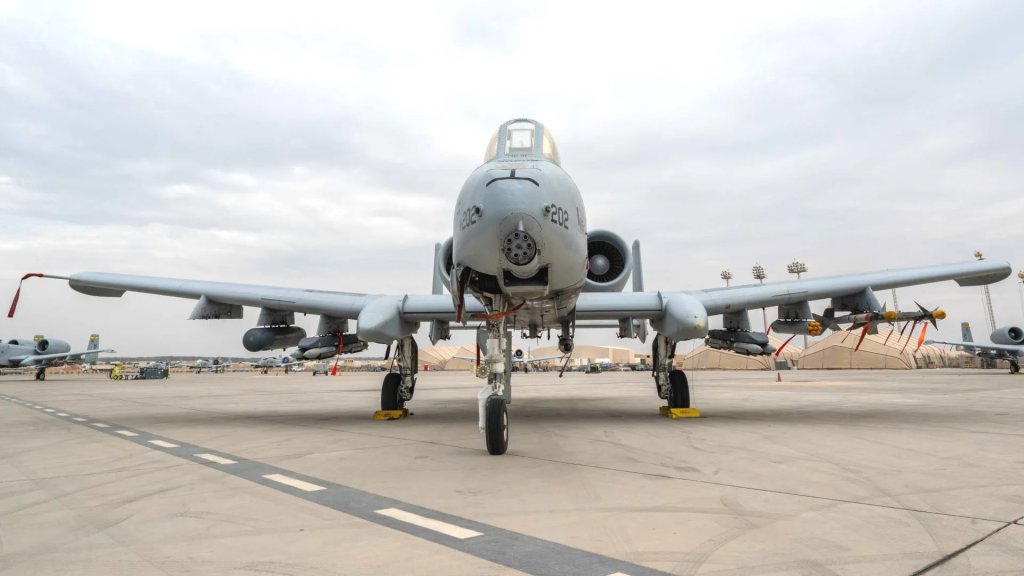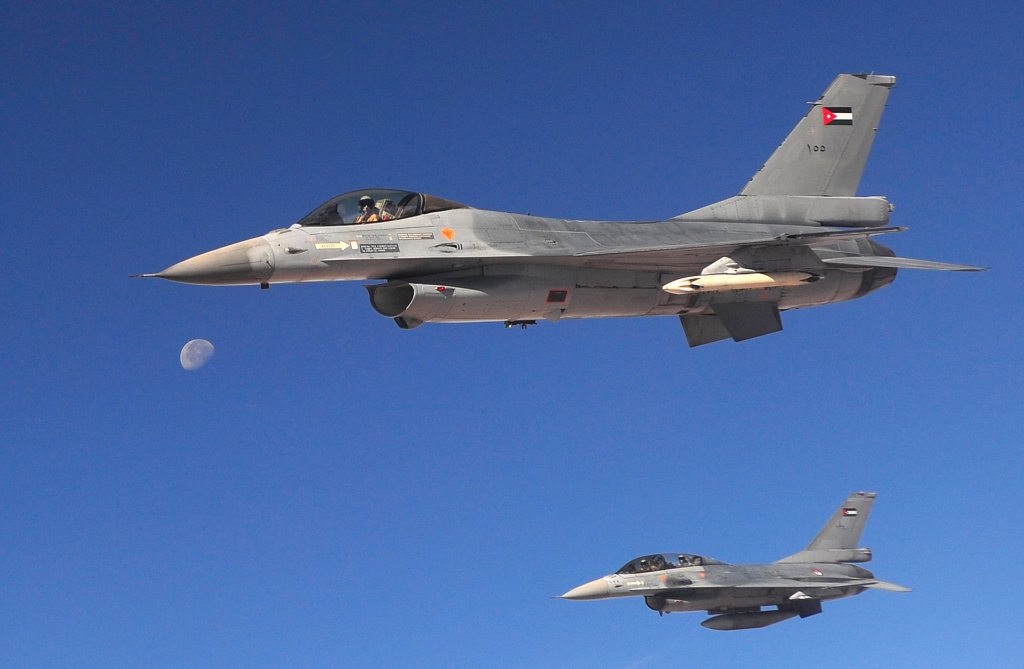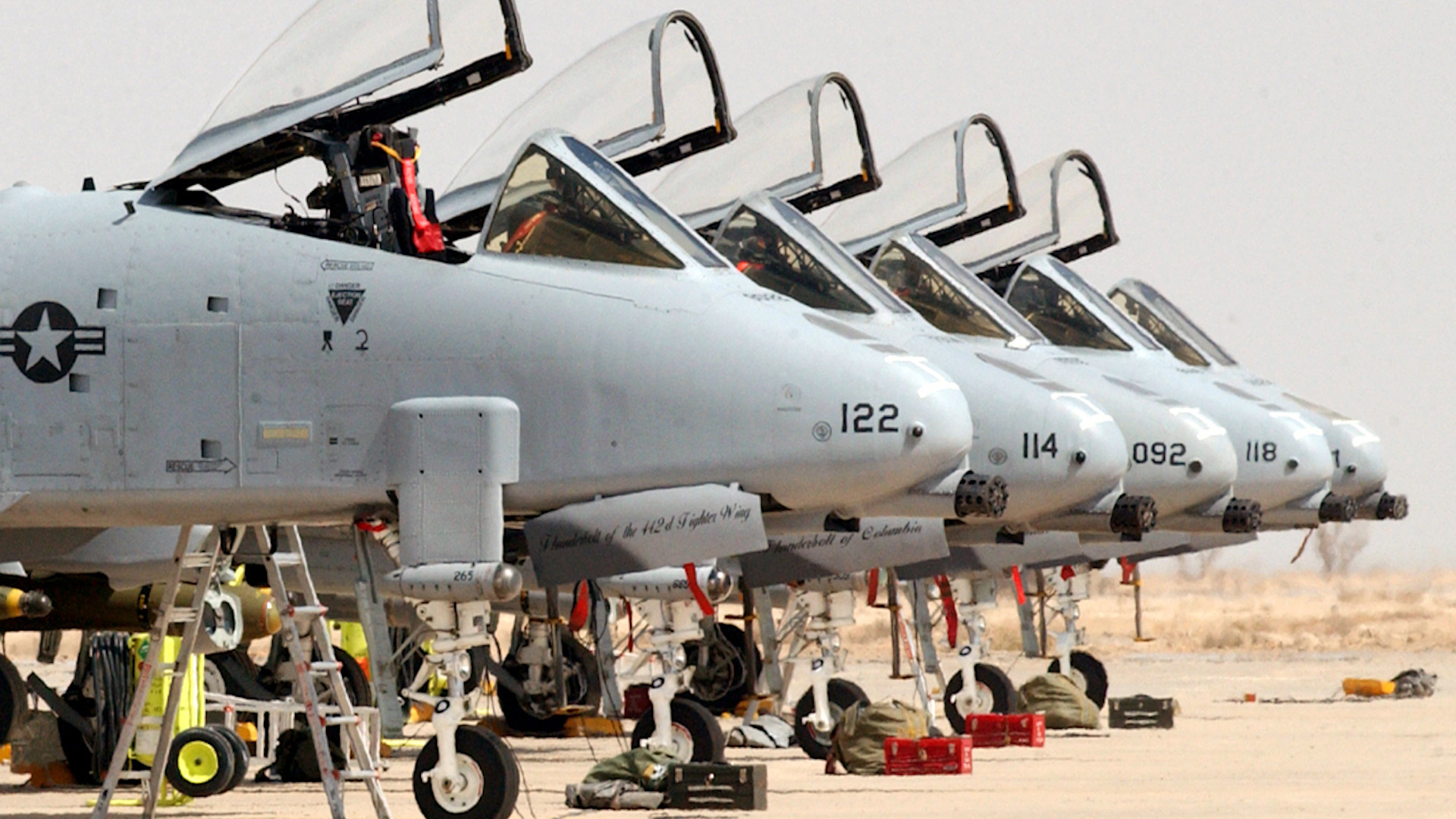Jordan has emerged as a possible future operator of A-10 Warthog ground attack aircraft. The U.S. Air Force is planning to stop flying the venerable Warthogs operationally before the end of the decade. The impending retirement of the type in U.S. service has already prompted discussions about sending A-10s elsewhere, including to Ukraine.
On Monday, the Senate Armed Services Committee formally directed the Pentagon to look into transferring A-10s to Jordan. This came in a report accompanying a new draft of the annual defense policy bill, or National Defense Authorization Act (NDAA), for the upcoming 2025 Fiscal Year. As of the beginning of the year, the Air Force still had around 218 A-10s in service spread across active duty, reserve, and Air National Guard units.

Specifically, “the committee directs the Secretary of Defense to report to the Committees on Armed Services of the Senate and the House of Representatives, not later than February 1, 2025, on the feasibility and advisability of transferring retiring A-10 aircraft to Jordan,” the Senate Armed Services Committee’s report says. “The report should include an analysis of Jordan’s ability to maintain the aircraft on their own.”
How active Jordan’s interest in acquiring A-10s might be and when the country first started eyeing the Warthogs is unknown, but it is hard to imagine this matter being raised at all if there wasn’t a real desire for the aircraft. The War Zone has reached out to the Jordanian government for more information. Before the Senate published its recent report, Colombia and Ukraine were the only countries known to have expressed interest on any level in acquiring A-10s in the past.
At a hearing before members of the House Armed Services Committee in April, Secretary of the Air Force Frank Kendall did mention that he was aware of one country that had expressed interest in potentially acquiring A-10s, but that he was not aware of any active discussions in this regard at that time. At that same hearing, he also alluded to the country in question not being Ukraine. The Air Force declined to identify the country Kendall was referring to in response to subsequent questions from The War Zone.
Ukrainian authorities very publicly looked into getting A-10s soon after Russia launched its all-out invasion in February 2022. At that time, U.S. officials pushed back on that request, citing the general condition of the approximately 100 Warthogs then in storage. Many of the A-10s then in storage at the boneyard at Davis-Monthan Air Force Base in Arizona, especially dozens of older A variants, are non-flyable and could not be reasonably returned to service due to heavy cannibalization for spare parts over the years. The Warthog has been out of production since 1984, which has created supply chain complexities for the aging jets. There is also a question of what it would take to train pilots to fly these aircraft and maintainers to support them.

At the same time, as the Air Force now moves toward retiring its A-10s for good, the Warthogs going to the Bone Yard will include newer A-10Cs that have received significant life-extension modifications, including new reinforced wings, and other deep upgrades in recent years. Best known for its iconic 30mm GAU-8/A Avenger cannon, the Warthog today is a capable precision strike platform that can employ a broad array of munitions. The GBU-39/B Small Diameter Bomb (SDB) just got added to the jet’s arsenal last year. The aircraft also still retains the design’s other trademark features, including its ability to loiter over particular areas for extended periods of time.

For Jordan, a major U.S. ally in the Middle East in counter-terrorism and other operations, A-10s could give its Air Force a valuable boost in close air support and general air-to-ground capabilities if the jets can be reasonably sustained. Jordan is also currently actively engaged in a counter-drug campaign along its border with Syria, which has reportedly involved air strikes. The Warthogs are particularly well suited to supporting lower-intensity operations in permissive airspace and could also be used to conduct armed surveillance and border patrol missions.
The Royal Jordanian Air Force’s fixed-wing aerial combat fleets currently consist of nearly 60 F-16AM/BM Viper fighters and smaller numbers of turboprop light attack aircraft. Some years ago now, the country put its pocket fleet of CN-235 and C-295 cargo aircraft that have been converted into gunships up for sale and the current status of those aircraft is unclear. As such, the infusion of A-10s could also expand the service’s ground attack capacity, which could help free up the F-16s for other missions, including against aerial threats. Just in April, Jordanian F-16s shot down a number of Iranian drones headed toward Israel as part of larger reprisal strikes.

“The committee appreciates the long-standing alliance between the United States and the Hashemite Kingdom of Jordan… The committee commends Jordan for [the] defense of its air space [against Iranian threats headed for Israel] on the night of April 13, 2024,” a separate section of the Senate Armed Services Committee’s recently released report says. “The committee also recognizes the need for additional critical capabilities, including F-16 aircraft, to counter growing air threats, including unmanned aerial systems, within Jordan and across the U.S. Central Command area of responsibility.”
Jordan is currently in the process of acquiring a dozen new Block 70 F-16C/D Vipers.
A further section in the report also calls on the Pentagon to help Jordan otherwise expand its air and missile defenses with a particular focus on countering threats from Iran and its regional proxies.
Whether or not the Pentagon ultimately concludes that it would be both feasible and advisable to transfer A-10s to Jordan, or if the country actively pursues the acquisition of Warthogs regardless, remains to be seen. The Senate just raising the possibility of sending A-10s to Jordan could well reignite discussions about other potential future operators, especially Ukraine. Other interested parties could emerge if a fleet of Jordanian A-10s looks increasingly viable.
If nothing else, the Senate’s recently published report points to the potential for a new chapter in the A-10’s story even as the Air Force moves to retire the Warthog before 2030.
If it is deemed to be workable, sending A-10s to Jordan could be a welcome addition to that country’s air force that also opens up new possibilities for the Warthogs after they leave Air Force service.
Contact the author: joe@twz.com
